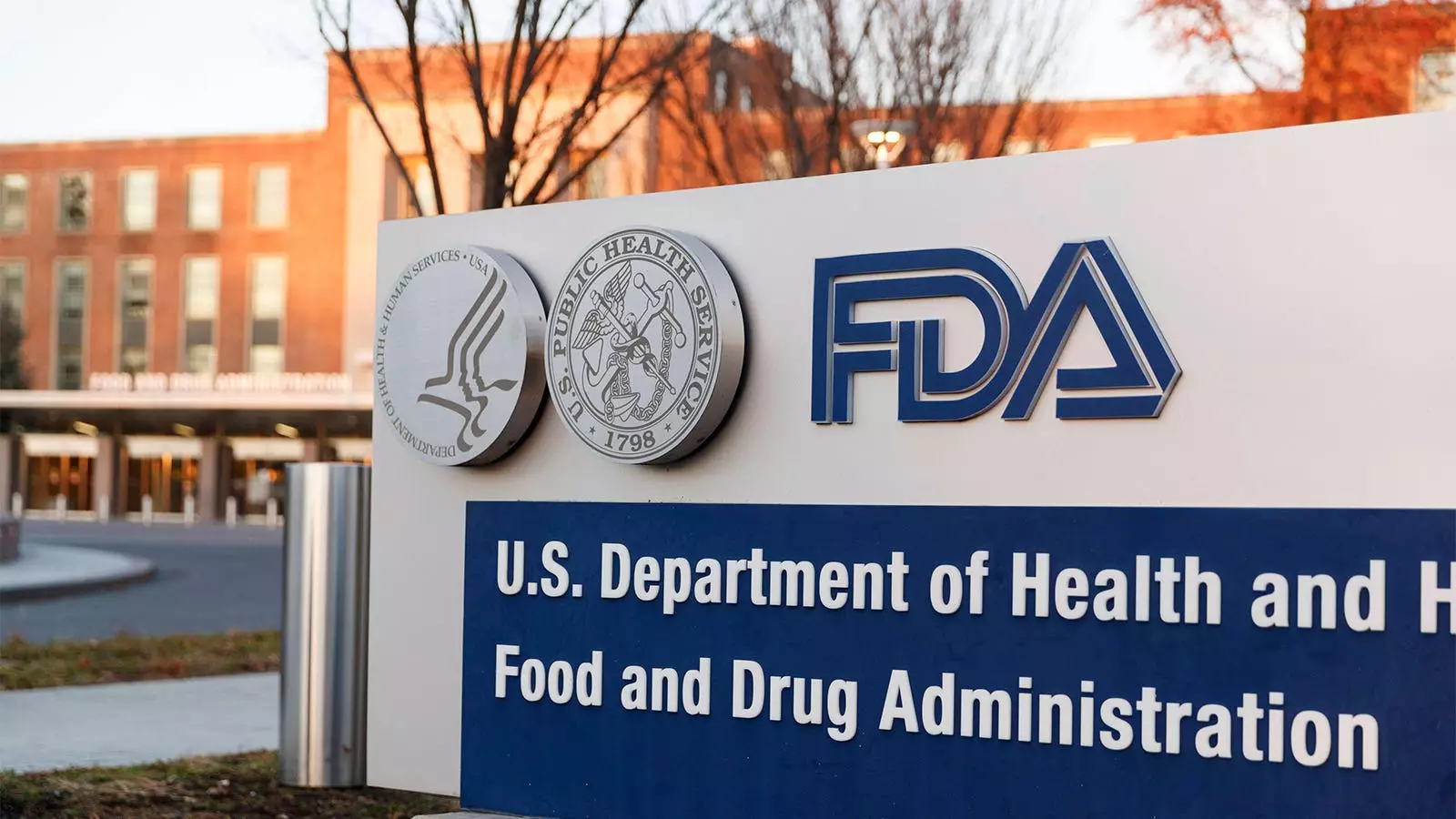The U.S. Food and Drug Administration (FDA) plays a pivotal role in the healthcare landscape by facilitating the swift approval of medications designed to treat serious and life-threatening conditions. However, recent critiques of the FDA’s accelerated approval pathway have raised alarms regarding transparency and accountability in the drug approval process. A recent report by the Office of Inspector General (OIG) of the Department of Health and Human Services (HHS) has illuminated significant deficiencies in this approval framework, particularly in light of contentious drug approvals like aducanumab (Aduhelm). This article examines the implications of the OIG’s findings, considers the inherent challenges of the accelerated approval system, and underscores the urgent need for reforms to bolster the integrity of the FDA’s processes.
The accelerated approval pathway, established in 1992, was designed to expedite the availability of critical therapies for severe conditions when clinical benefit is inferred from surrogate endpoints rather than direct clinical outcomes. This means that drug approvals may hinge on preliminary data with the promise that further confirmatory studies will later validate the drug’s efficacy. While this mechanism has indeed facilitated the rapid introduction of vital medications, it has also lured the FDA into a precarious balance between speed and scientific rigor. As the OIG’s report highlights, some approvals raise questions about the reliability of the decision-making processes that underpin these swift endorsements.
Lessons from Controversial Approvals
The OIG report meticulously dissects the approval of three drugs—aducanumab, hydroxyprogesterone caproate (HPC; Makena), and eteplirsen (Exondys 51)—which serve as cautionary tales within the accelerated approval landscape. Aducanumab’s approval, touted as a breakthrough in Alzheimer’s treatment, has since been marred by controversy regarding its efficacy, culminating in a congressional investigation that revealed inappropriate collaboration between the FDA and Biogen, the drug’s manufacturer. HPC, once intended to reduce preterm birth risks, faced its own demise, with the FDA ultimately withdrawing its approval in 2023 after prolonged scrutiny. Eteplirsen’s troubled trajectory adds to the narrative, with mounting evidence showing that the treatment has yet to provide substantiated benefits for patients with Duchenne muscular dystrophy, even after years of sales and significant financial expenditure.
Critics, including medical professionals like Dr. Benjamin Rome from Brigham and Women’s Hospital, have spotlighted the alarming trend where approval is granted despite a lack of robust evidence for clinical efficacy. The financial burden of these medications further complicates the situation, with prices soaring into the millions, raising ethical and economic questions about the FDA’s decision-making criteria.
The Need for Reform: Recommendations by the OIG
In response to these unsettling findings, the OIG proposed two primary recommendations to ameliorate the accelerated approval mechanism. First, it sought to clarify when the FDA’s intra-agency accelerated approval council should provide guidance on specific applications. Secondly, the need for comprehensive documentation of meetings with drug manufacturers was emphasized—a critical step toward ensuring transparency and accountability.
While the FDA has agreed to enhance meeting documentation, it dismissed the suggestion to formalize the council’s advisory role, citing concerns over inefficiencies. This rejection raises pertinent questions about the FDA’s commitment to fostering a transparent evaluative process that could potentially enhance public trust.
To maintain the integrity of the pharmaceutical approval process, the FDA must embrace accountability measures that bridge the gap between expediency and reliability. Implementing stringent regulatory frameworks for documentation and making crucial data publicly accessible are essential steps. Moreover, fostering independent review channels and encouraging rigorous post-marketing surveillance will not only safeguard public health but also restore faith in the FDA’s overarching mission.
As the healthcare community grapples with these pressing challenges, stakeholders must advocate for reforms that prioritize patient welfare over industry expediency. The OIG report serves as a wake-up call, urging the FDA and related entities to reevaluate their procedures and recommit to a framework that upholds scientific integrity and prioritizes transparent communication with all stakeholders. Only through these concerted efforts can the FDA become a model of accountability within the fast-paced realm of drug approval.


Leave a Reply